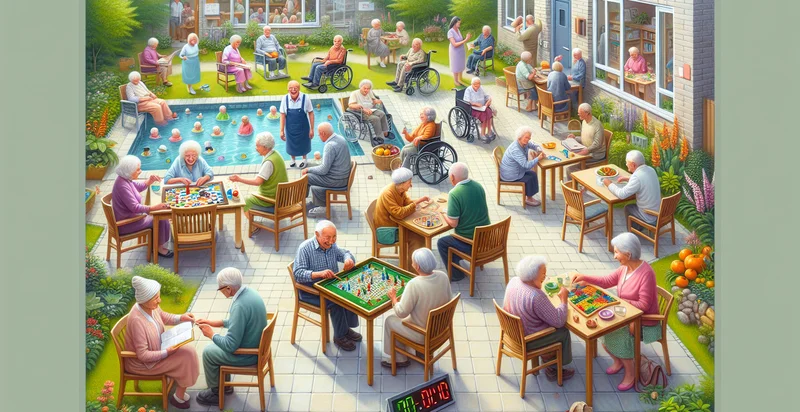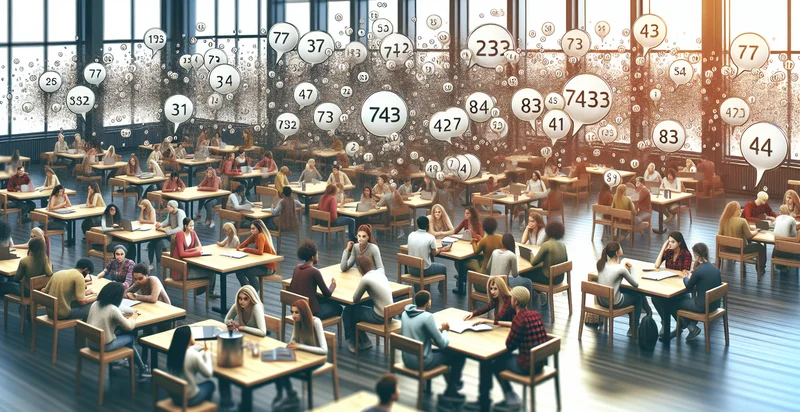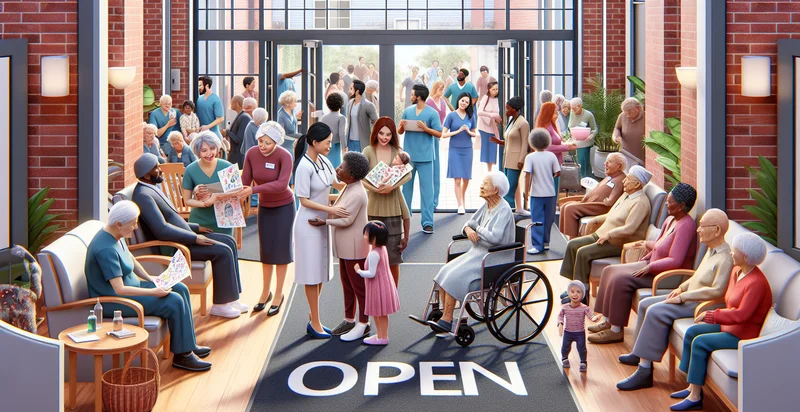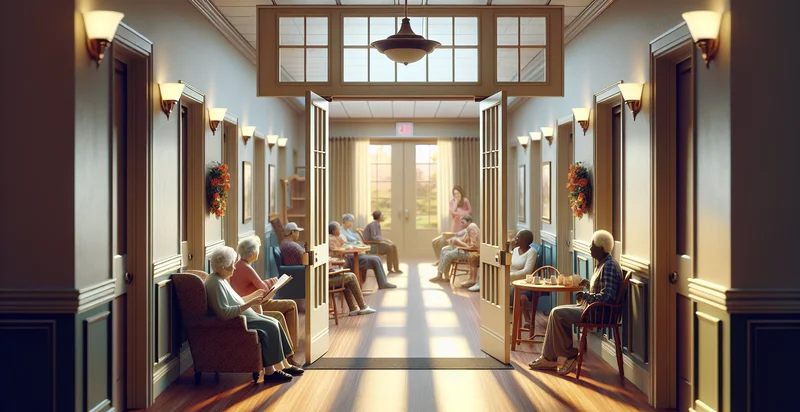Identify nursing home residents count
using AI
Below is a free classifier to identify nursing home residents count. Just upload your image, and our AI will predict the number of residents in a nursing home based on given features - in just seconds.

Contact us for API access
Or, use Nyckel to build highly-accurate custom classifiers in just minutes. No PhD required.
Get started
import nyckel
credentials = nyckel.Credentials("YOUR_CLIENT_ID", "YOUR_CLIENT_SECRET")
nyckel.invoke("nursing-home-residents-count", "your_image_url", credentials)
fetch('https://www.nyckel.com/v1/functions/nursing-home-residents-count/invoke', {
method: 'POST',
headers: {
'Authorization': 'Bearer ' + 'YOUR_BEARER_TOKEN',
'Content-Type': 'application/json',
},
body: JSON.stringify(
{"data": "your_image_url"}
)
})
.then(response => response.json())
.then(data => console.log(data));
curl -X POST \
-H "Content-Type: application/json" \
-H "Authorization: Bearer YOUR_BEARER_TOKEN" \
-d '{"data": "your_image_url"}' \
https://www.nyckel.com/v1/functions/nursing-home-residents-count/invoke
How this classifier works
To start, upload your image. Our AI tool will then predict the number of residents in a nursing home based on given features.
This pretrained image model uses a Nyckel-created dataset and has 11 labels, including 1-5, 1000+, 101-250, 11-20, 21-30, 251-500, 31-40, 41-50, 501-1000 and 51-100.
We'll also show a confidence score (the higher the number, the more confident the AI model is around the number of residents in a nursing home based on given features).
Whether you're just curious or building nursing home residents count detection into your application, we hope our classifier proves helpful.
Related Classifiers
Need to identify nursing home residents count at scale?
Get API or Zapier access to this classifier for free. It's perfect for:
- Resident Safety Monitoring: This function can be utilized to ensure that the number of residents in a specific area of the nursing home aligns with safety protocols. By flagging discrepancies in real-time, staff can quickly respond to potential safety issues, ensuring every resident's well-being.
- Resource Allocation Optimization: By accurately counting residents in communal areas, management can adjust staffing levels and resource allocation accordingly. This ensures efficient use of staff time and resources, improving operational efficiency within the nursing home.
- Attendance Tracking for Activities: The function can monitor participation levels in scheduled activities, enabling staff to evaluate which programs draw the most residents. This can inform future programming and improve resident engagement and satisfaction.
- Emergency Response Coordination: In the event of an emergency, this image classification function can assist in quickly determining how many residents are present in particular zones. This leads to faster and more efficient emergency response, ensuring all residents are accounted for.
- Reporting and Compliance: Nursing homes are often required to report resident counts for regulatory compliance. By automating the counting process, this function aids in generating accurate reports, reducing administrative workload, and fulfilling regulatory obligations.
- Space Utilization Analysis: The function can help in analyzing space utilization within different areas of the nursing home, identifying underused or overcrowded spaces. Insights from this analysis can drive layout improvements and enhance the overall living environment for residents.
- Marketing and Community Engagement: By tracking resident counts during events and activities, nursing homes can assess community engagement levels and attract potential residents. This data-driven approach can enhance marketing efforts and highlight vibrant community activities to prospective families.


